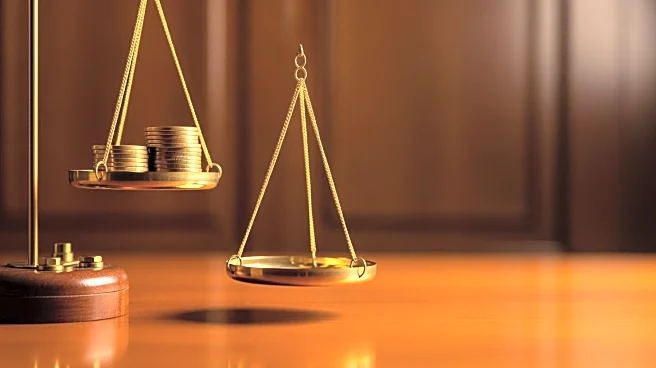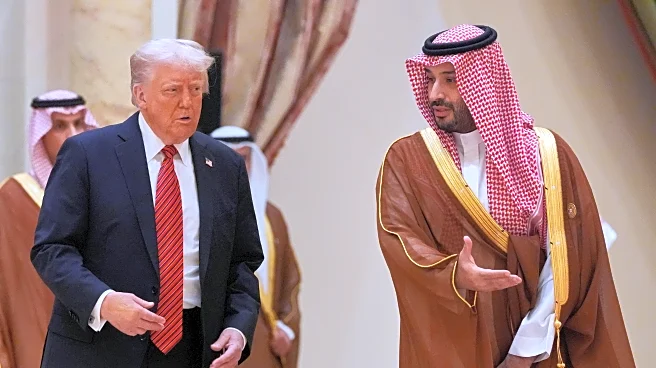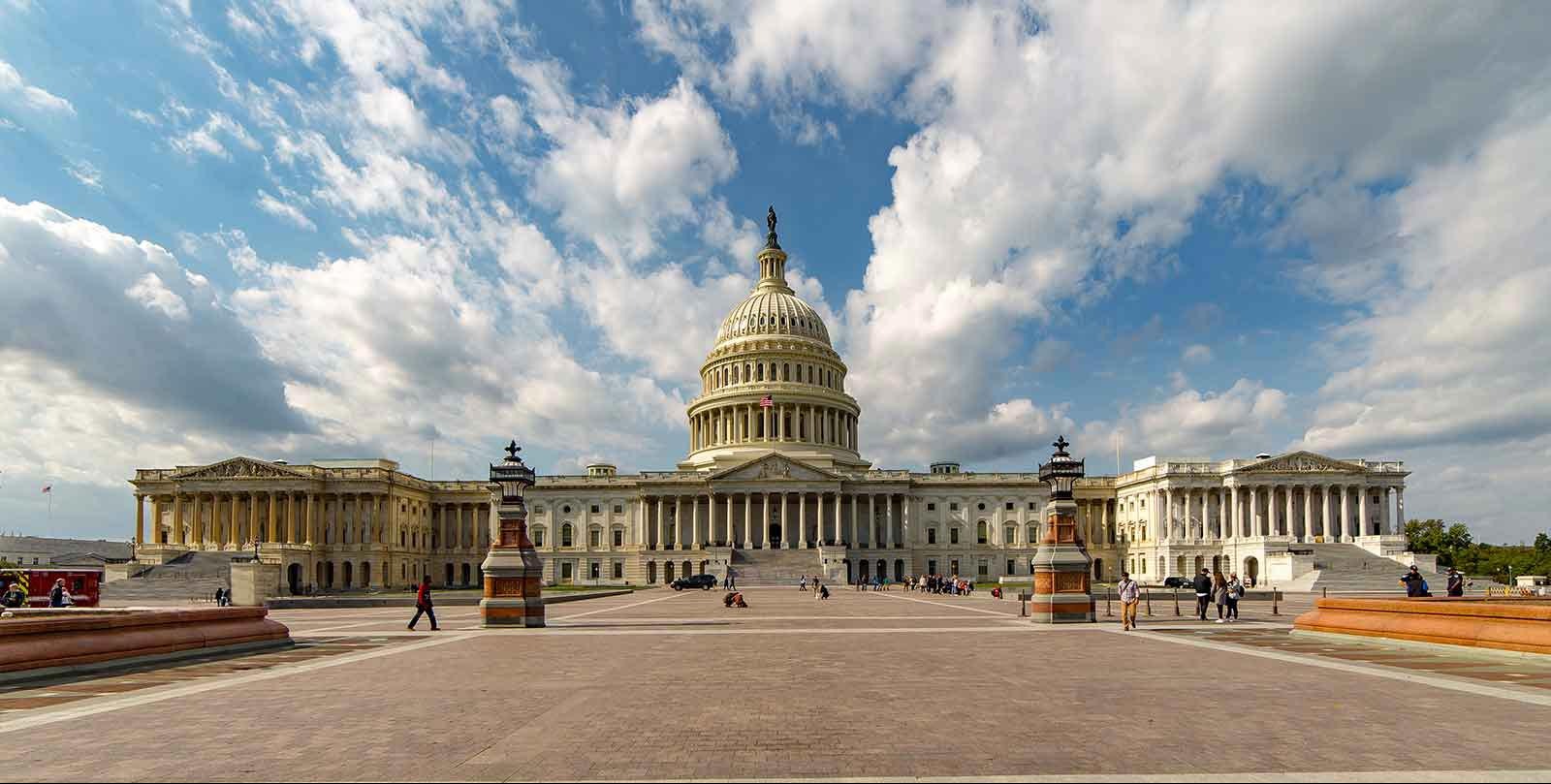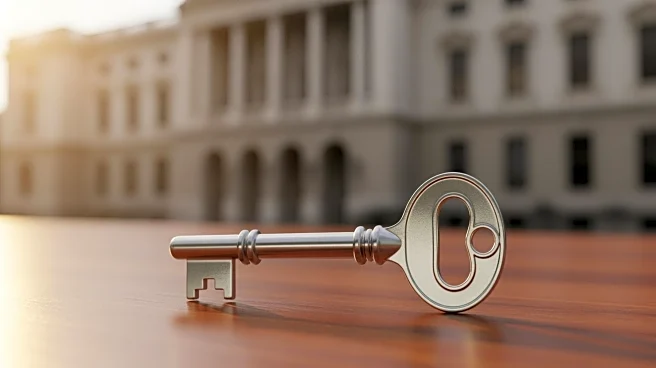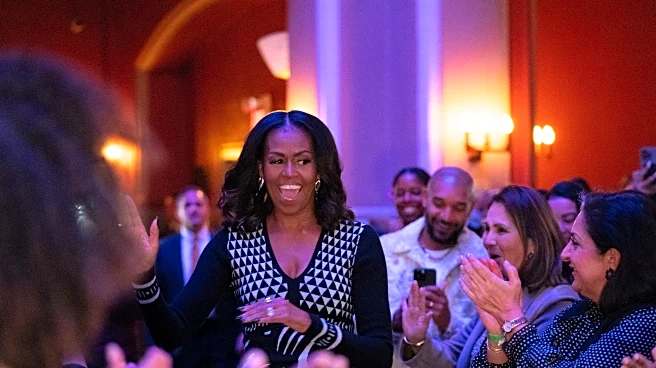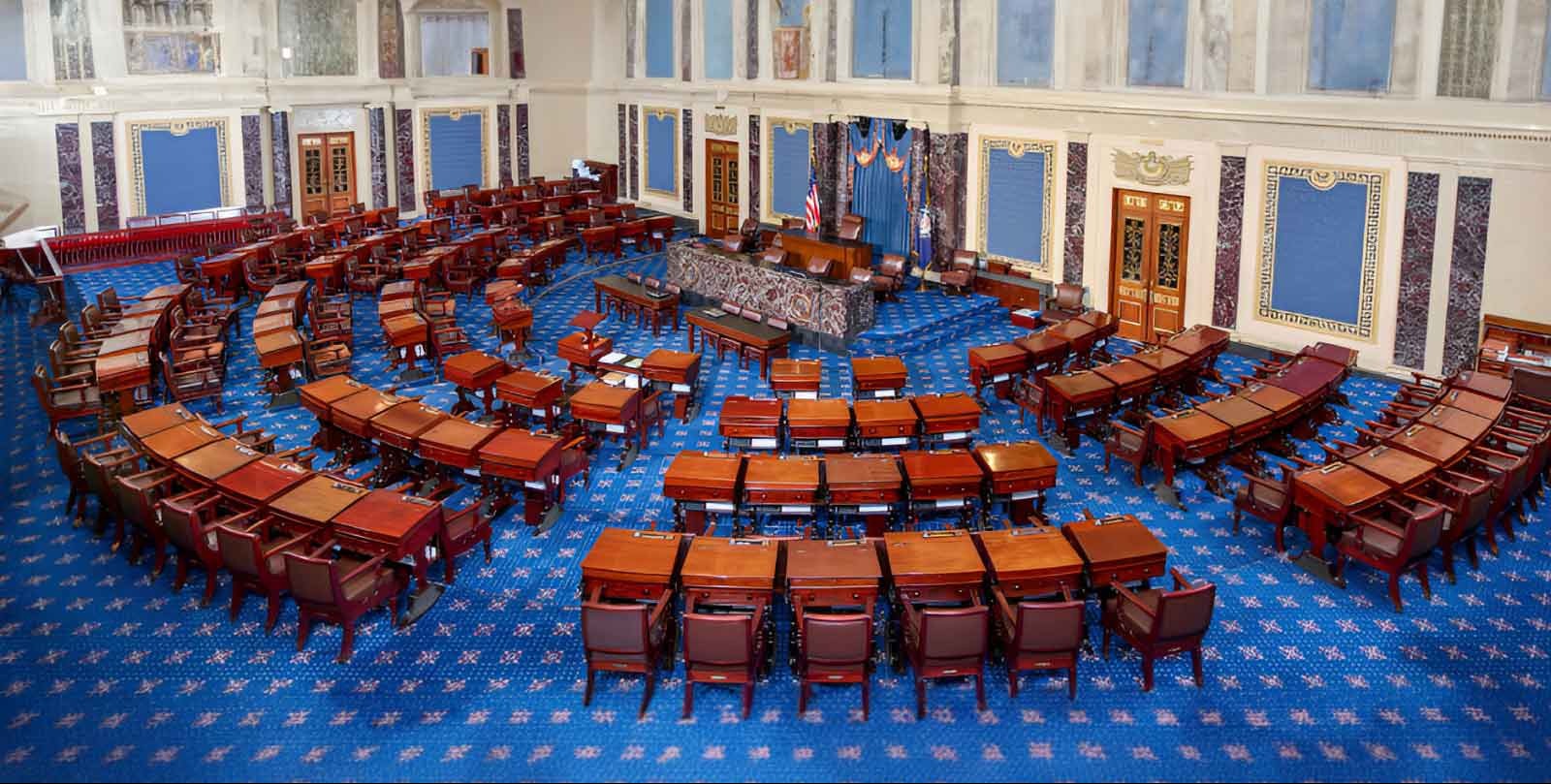What's Happening?
Democratic officials are considering alternative uses for President Donald Trump's newly constructed ballroom at the White House, should they regain control in the 2028 presidential race. The $300 million
ballroom, built after demolishing the East Wing, has become a symbol of Trump's presidency. Prominent Democrats, including Rep. Jamie Raskin and Rep. Ro Khanna, have proposed transforming the space into a museum or a venue that celebrates democracy and empowers marginalized communities. The ballroom's future has sparked debate over its symbolic representation of Trump's administration.
Why It's Important?
The discussion around the ballroom reflects broader political and cultural tensions in the U.S. The space has become a metaphor for the perceived excesses and unilateral actions of Trump's presidency. Its potential repurposing could serve as a symbolic gesture of change and a shift in priorities under a Democratic administration. The debate also highlights the ongoing struggle over the legacy of Trump's presidency and the future direction of the White House as a symbol of American democracy.
What's Next?
If Democrats regain the White House, the fate of the ballroom will likely be a topic of significant political and public interest. Proposals for its repurposing could become part of broader discussions about government transparency and accountability. The decision may also influence future presidential administrations' approaches to White House renovations and public engagement.
Beyond the Headlines
The ballroom's construction and potential repurposing raise questions about the role of private donations in public projects and the ethical implications of such funding. The space's future could also reflect broader cultural shifts in how American history and democracy are commemorated and taught.



